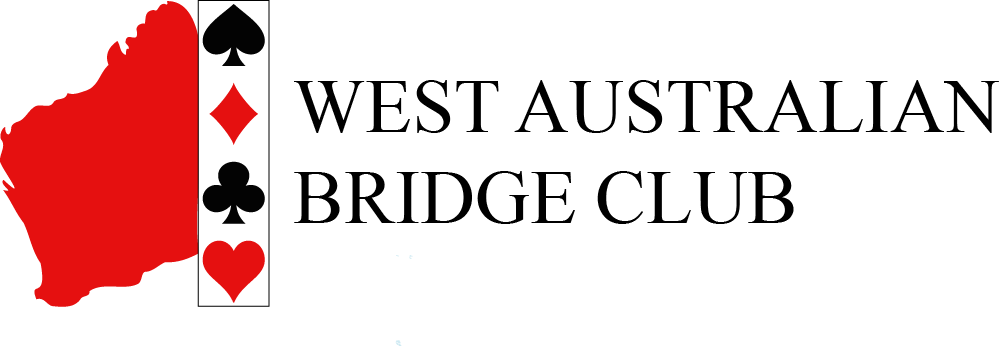David Charters
A Memoir by David Charters
I was brought up in Kenya and with my brother John. We were educated mostly in South Africa. We returned to our home in Kenya each Christmas holiday. During one of these holidays my parents bought Josephine Culbertson’s book on contract bridge and so started my lifelong interest in this intriguing game. From school John and I went on to study at Cambridge where we continued to play bridge .
After I was called to the bar at Gray’s Inn I returned to Kenya in 1954 to take part in combating the Mau Mau rebellion. I joined the Mounted Section, commanded then by Digby Tatham-Warter who, as a major in the paratroop regiment, distinguished himself in WWII at the disastrous attempt to take the bridge at Arnhem. He was the officer mentioned in the film and book ‘A Bridge Too Far’ who led his men with a rolled umbrella. ‘It might rain’, he remarked.
Digby’s Mounted Section was an irregular unit operating in the Great Rift Valley in the southern part of Kenya. Our accommodation was tented and we took our horses to those areas where we thought we could be most useful. Our small patrols were 3 or 4 troopers and I often wondered why I should be paid to ride a horse for weeks and months on end through the beautiful Kenyan savannah and forests, with all the wonderful wild animals around us.
We found time in the evenings in our tents when we had a ‘four’ to play bridge , but Digby’s game of choice was polo (he held a handicap of six) and insisted we learn and play when near a polo field.
After my time in the Mounted Section I joined the Attorney- General’s Chambers in Nairobi, initially to prosecute terrorists. One memorable trial on circuit where pomp and ceremony were much in evidence (the judge was welcomed with a police guard of honour) was in a village in the Mount Kenya foothills. The trial was interrupted by a serious dogfight in the well of the court – the court being in the local market-place with a packed audience. Separating the dogs was no easy task as rabies was a very real threat.
After meeting Claudine we had some wonderful years of safaris. Claudine was an accomplished polo player, having learnt the game in Nigeria, her posting before Kenya , so our free times were spent playing polo and going on safari. We did, however, occupy our evenings regularly playing bridge and were introduced to Acol.
Our safaris were very simple. We never took a caravan, tent or camp beds. We always took our dogs. Amongst the many places we visited was the Mara Triangle (part of the Maasai Mara) in the 1950’s and early 1960’s when there was no habitation or indeed any clearly discernible track. With our sleeping bags around our camp fire we were serenaded by lions with their beautiful grunts, coughs and low roars, but never threatened. Wild animals of every kind of course were plentiful.
We swam in the Mara River at night taking note by our torches of eyes glinting in the water. I have since wondered whether Nile crocodiles feed at night. Perhaps we were just lucky.
Claudine and I rode horses in the mountainous region in the Northern Frontier District (N.F.D.) of Kenya taking camels - just the two of us with 3 camels and three camel handlers . No tents or camp beds. The country then had an abundance of elephant, black rhino, eland and gerenuk amongst many other animals. We invariably found beautiful camp sites on the bank of a lugga overlooking water holes.
Upon coming to Australia with our two children Jos and Rod we all played bridge. We continued our life of safaris in Australia and both Jos and Rod have travelled extensively in Africa and Asia, with many fascinating stories to tell. Rod, with three friends canoed down the Congo River in two pirogues for six weeks (1740 kilometres) and Jos and I have travelled with camels (just the two of us with tribal camel handlers) walking in the N.F.D.
One event bears mention. Very many years ago Claudine and I boarded a crowded bus in New Delhi. I sat in one row with Claudine in another. I sat next to a gentleman who asked if I was from England. I replied ‘no, from Australia’. He responded ‘I know someone from Australia. I wonder if you know her’. I said, ‘There are a lot of people in Australia, but who is she?’ He replied ‘Claire Lester’. That was extraordinary because we knew her extremely well. Her aunt, Xenia Richards was one of Claudine’s closest friends and regular bridge partner. This gentleman played bridge for Pakistan and had competed against Claire (who played for Australia) in international events. During the rest of the bus trip I was treated to a discourse of interesting hands he had played.
My most memorable bridge event with Claudine was when we were selected to play in the Victor ChampionChallenge Cup in Melbourne. Gerard Roussilhes with Sathi Moses made up a team with Claudine and me and Peter Smith with Haydn Lowe , Helen Hawkins and Helen Bunning made up the other team. Claudine was an accomplished bridge player who struggled hard to improve my game – we had very many lovely years of bridge (apart from all our other activities) together.
Jos and I now play bridge regularly and Colin, Jos’s husband, has also taken a keen interest in the game.
David Charters
Published in June 2019 Edition of Trumps Plus
